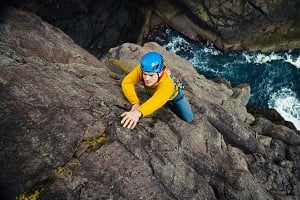
Anna Fleming writes about a return to summer mountain cragging on the iconic mica-schist outcrops of The Cobbler in the Arrochar Alps...
Not far from Loch Lomond, a great crest of mica-schist lines a mountain-top. Made up of curving strata, glittering quartz, teetering blocks and rocky ridge-lines, the Cobbler is a striking piece of geological architecture. While the summit occupies a lofty 884m, at this height the peak is just shy of the all-important 914m (3,000 feet) that would make it a Munro. But with such a compelling character and close proximity to Glasgow, this well-trodden top is beloved of many Weegies.
The Cobbler has been on my radar for a while. It was here that much Scottish climbing history was made. At the end of the nineteenth century, gentlemen climbing types like Naismith and Raeburn put up a number of pioneering routes; at the close of the second world war, the notorious Creag Dhu club burst out of Clydebank to let rip on the lofty rocks; more recently, the stunning prow of Dalriada (E7 6b) has been the focus of many iconic climbing shoots.
With more modest ambitions, we set out early one Saturday to check out the rocks for ourselves, taking a slight punt after the usual deliberations over 'conditions'. Winter season might be over, but summer rock climbing in Scotland demands its own system of condition analysis. Avalanche and snow-pack are not a concern, but cloud cover, rain and wind-speed are significant factors. Will the rock be dry? And, more importantly, will the ever-voracious midge be in evidence? Having done the lion's share of analysis (leading to the conclusion that the Cobbler is as good a bet as anywhere) Stuart, my climbing partner, who is well versed in the dark arts of Scottish mountain condition analysis, proposes some kind of AI tool be developed, in order to predict which summer routes will be in. (Although another friend points out it will be difficult to gather historical data on seepage and midge levels.)
On the drive in, the cloud sits low, forming a heavy grey murk and the trees are motionless. No wind. This is not so promising. We park up at the edge of Long Lough and begin the walk in through the forest. The path is steep, the air humid and as we clamber up from sea-level to summit, the climbing pack weighs heavy and I soon break a sweat. But the Scottish mountains are in their generous summer mode and it is a joy to be out again. We pass chanterelles and purple flowering heather, drinking from the burns and grazing on blaeberries. Once out of the trees, we see the cloud is lifting. This might be a fine day after all.
From the open slopes, we head up towards the defined rocky shapes of the north and south peaks. Massive boulders line the path – immense blocks this size of cars and houses full of rippling schist – hard to imagine the ear-splitting roar these beasts made when they tumbled down, crushing all in their path.
At the crag we compose ourselves and begin the next stage of the process: guidebook interpretation. Neither of us has climbed here before and since the popular classic, Punster's Crack, is well occupied (a couple of parties are shuffling their way along the ledges), we hunt for an alternative. Scrambling around edges, pulling up knotted ropes, leaning around corners, peering over sharp drops – the Cobbler rocks prove labyrinthine – eventually we find our way into the right gully and face up our chosen line.
With ropes flaked and gear stacked, Stuart sets off up Whether Wall. Soon enough, he is back down again and reaching around for another line. Lured by a tasty flake towards the left edge of the wall, he had started off route, heading into a blank expanse of schist that seemed rather more serious than the advertised Very Severe grade would suggest.
And we're off again. This time as Stuart moves up the wall, he makes steady progress, shouting down his approval. The schist seems to be providing some quality climbing. But perhaps not for everyone. Another voice appears, booming down on top of us. Within the torrent of instructions come the words, "awkward", "thrutch" and "back-and-foot". We look around, but cannot see the climbers and with the strange way that the sound is travelling it is impossible to place them – but what is clear is that our neighbours are on a somewhat more traditional route. Images of dark slimy chimneys and green hold-less walls spring to mind.
Hearing our laughter, the disembodied climbers register that another team is nearby. A broken, shouted conversation ensues and they reveal they're on Recess Route, for which they are unsuitably attired. Traditional climbing demands traditional clothing: their synthetic fabrics are failing to provide the full body friction (and padding) required; bring back the tweed jacket.
Joining Stuart at his luxurious grassy belay between Whether Wall and Whither Whether, I load up with gear, ready to take on the top pitch. The rack tugs at my hips, pulling heavy as I step out onto the airy first steps.
This is my first mountain crag lead of the summer and the opening is bold. There is nothing for gear – not yet – and so I pad on delicately, holding the nerve together, making for the skyline, hoping that around that edge, out of sight, somewhere, an opening will appear in the schist where I can fiddle some gear in.
An enclave appears. The mouth is small and flared but a micro cam slots in and things feel better.
Moving around the corner, the upper wall stretches out – an expanse of rock set through with ripples and ledges, scoops and bulges. As I clamber up beside the arête, getting into the flow of things, another space opens – the ground falls away – and I become aware of a great mass of air. Beyond my fingertips, I glimpse the top of the Cobbler and the rocky south peak – beyond that, yet more mountains and a sea loch stretching out towards distant hazy islands. We have climbed into that breathless space of sky, rock and air.
Punster's Crack is next on the agenda. The morning teams have left the line but we come around to find yet another pair of climbers edging across the second pitch. It must be good. Not only does the route feature in Ken Wilson's Classic Rock list, but Punster's Crack also holds the accolade of being merited a four star route. (The starring system in Scotland goes above and beyond the rest of the UK: where the other nations stop at three, in this northern territory, it is held that the quality of climbing is so high that an extra star is needed.)
We wait a while, giving the advance climbers room to manoeuver, settling on a ledge to munch some late lunch and soak up the hill-top ambience. People stream up and down the footpaths to the summit, some chattering; some silent, jaws set in red-faced resolution. Ravens soar by croaking, their black fingertips reaching out beneath us. I drop a peanut and a slug moves in for the kill.
Once enough time has passed, we gambol up the opening pitch, pulling on the crack, enjoying the craic. From the first block belay, I hang out, belaying Stuart who makes his way across the second pitch. Padding up into a corner, he places some high gear, and then begins to edge down, meeting a bulging nose of rock that hangs over a cleft. Feeling around below the nose, his hands and feet reach across the void, while a running commentary suggests that this move is slightly awkward. I am reminded of Valkyrie at the Roaches.
Following Stuart into that critical point, I lean down, hunting for the hand and foot holds, trying to stay in balance and – bang – my helmet bashes against the rock. I look again and – bang – the same thing happens. With brain-cells reverberating, I exhale and rearrange myself. Clearly a little more distance is required between head and rock. Arching my spine, I lean out and begin to reach around again, feeling for the right holds, while holding myself in the sort of bodily contortion that would have a yoga teacher rush over to correct my posture.
Meanwhile, on a grassy plinth further down the mountain, a crew has turned up and have started playing some techno beats. The youths' hardcore rave rhythms carry up the hill, bouncing off our rockface and as I try to think my way through this tricky pancake of a move, the song hits its crescendo, building up and up in a spiralling frenzy that uncomfortably mirrors the sensations going on inside. Talk about timing.
The youths move on and sometime later we top out, glowing and chattering as we cruise along to the true top. Perhaps this is a post-lockdown thing, but it's such a joy to be out in the hills with so many other folk, taking in the heights together. The Cobbler has proved an interesting place to get back into the peculiar rhythm of Scottish mountain cragging. And most miraculously of all, with no wind gracing the mountain all day, still, there were no midges.
- INTERVIEW: Catherine Destivelle - Rock Queen 8 Mar
- ARTICLE: Top 10 Borrowdale Routes at VS and Under 22 Jan
- ARTICLE: Herstory 7: The Rise of Women Mountain Professionals 27 Dec, 2023
- ARTICLE: Herstory 6: Lhakpa Sherpa's Long Dream of Everest 31 May, 2023
- HERSTORY: The Climbing Cholitas: Skirts to the Top for Women's Empowerment 2 May, 2023
- HERSTORY: Alison Hargreaves: Climbing Her Mountain 7 Mar, 2023
- HERSTORY: Wanda Rutkiewicz and the battle for women's climbing 13 Feb, 2023
- HERSTORY: Lady Climbers of the Long Nineteenth Century (1850-1914) 20 Dec, 2022
- HERSTORY: ORIGINS: The surprising origins of women's mountaineering - 1770-1830 9 Nov, 2022
- ARTICLE: A Climber in Lockdown 14 May, 2020



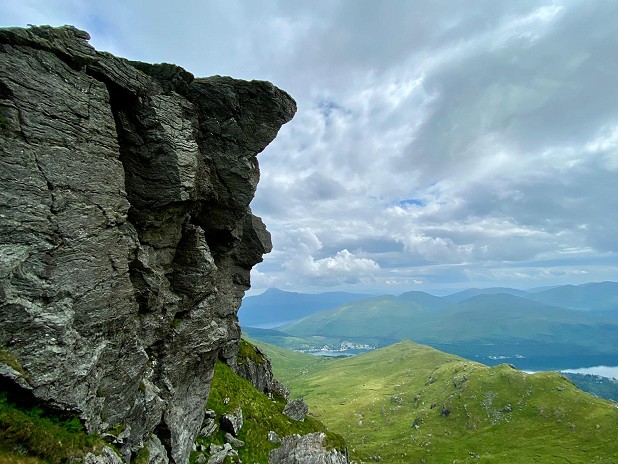
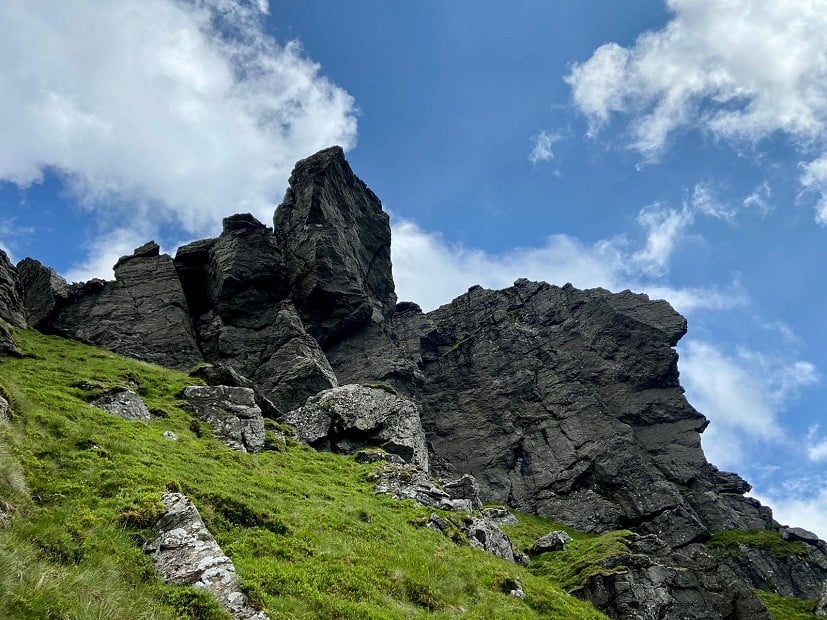
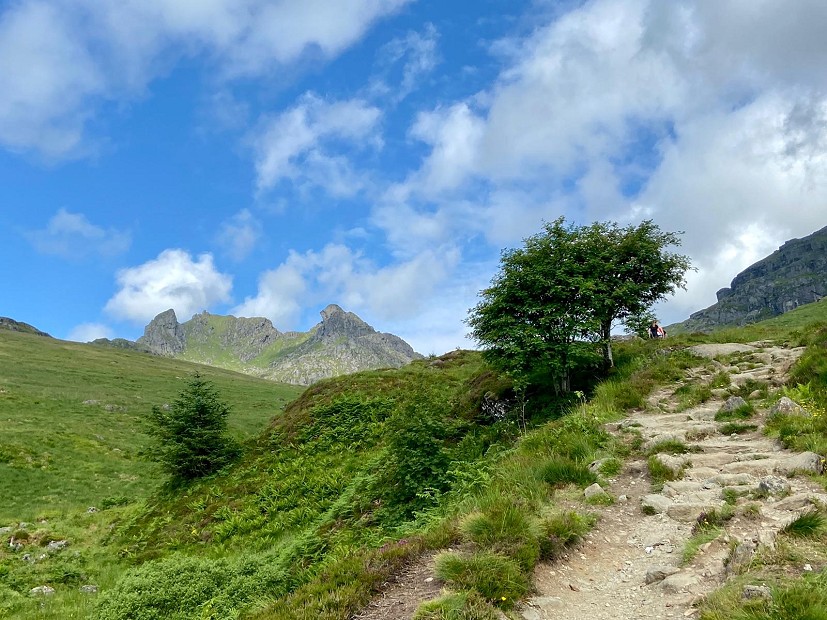
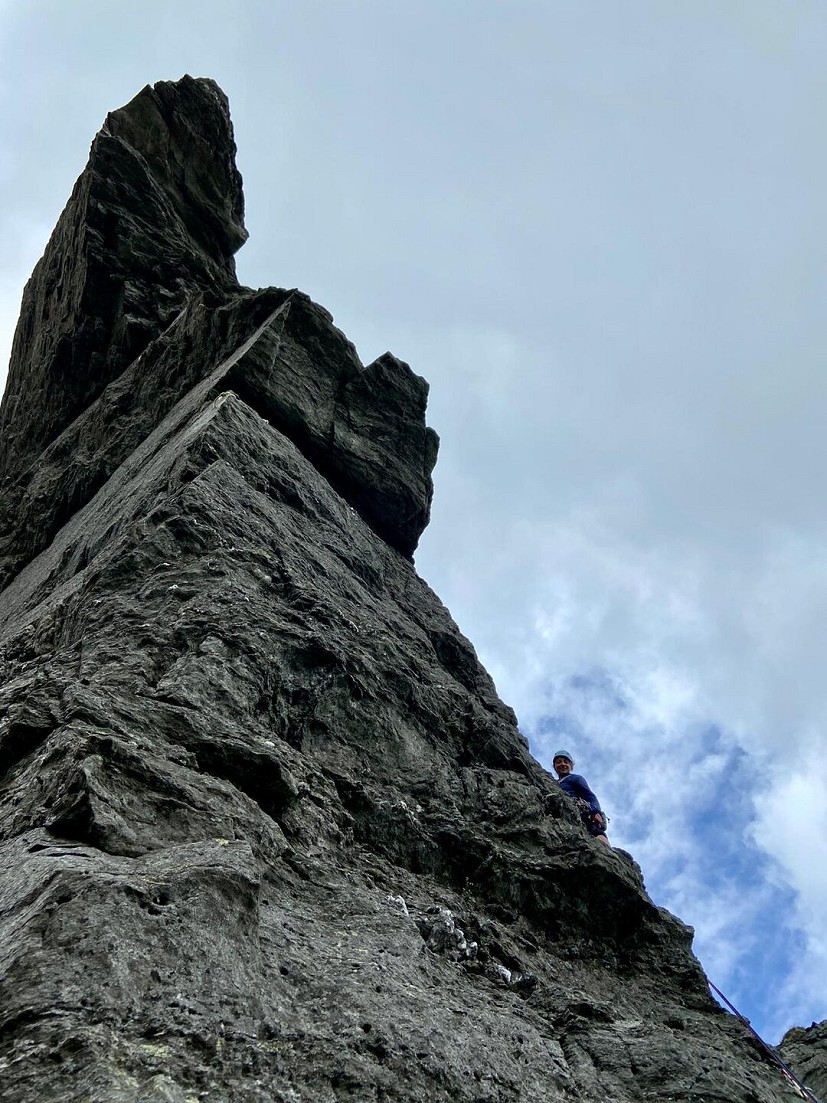
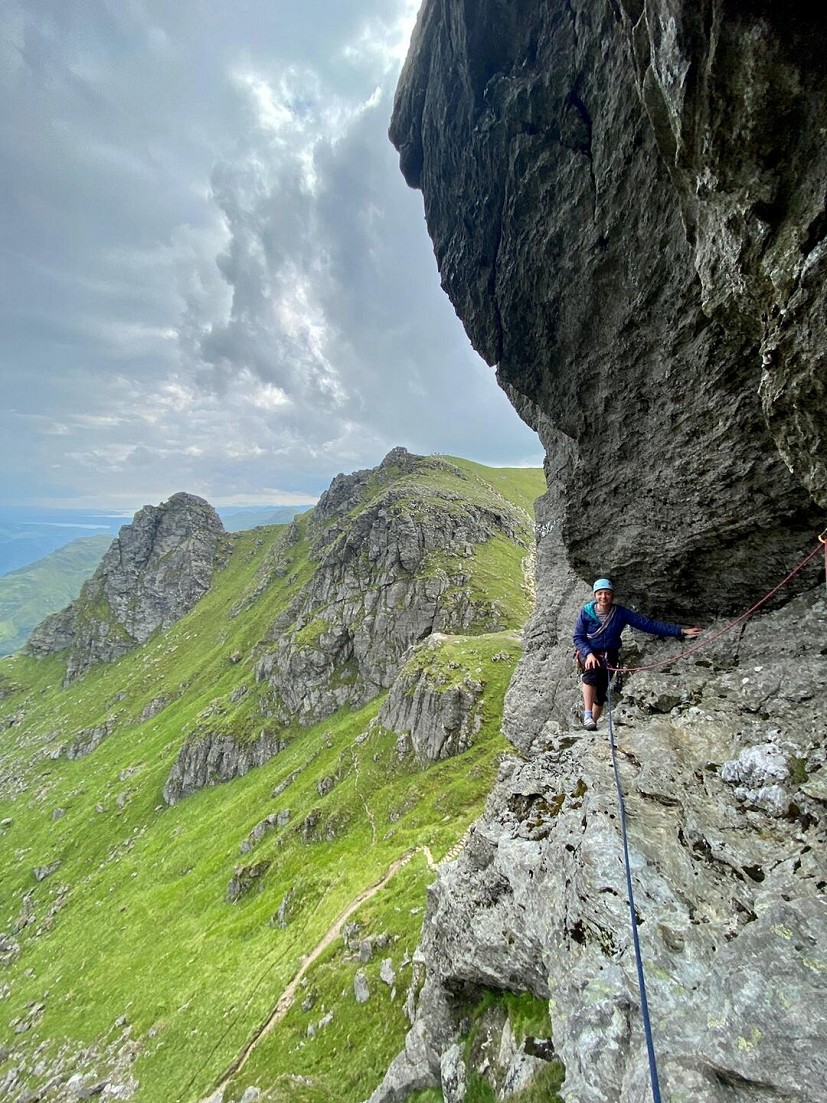
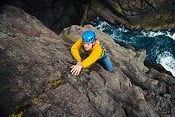
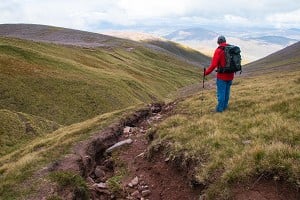
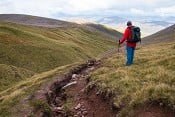
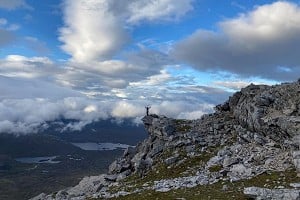
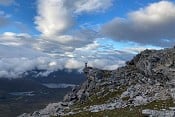








Comments
Great wee article, and a reminder that must get back over that way some time soon! Many great memories of climbing lots of varied routes there.